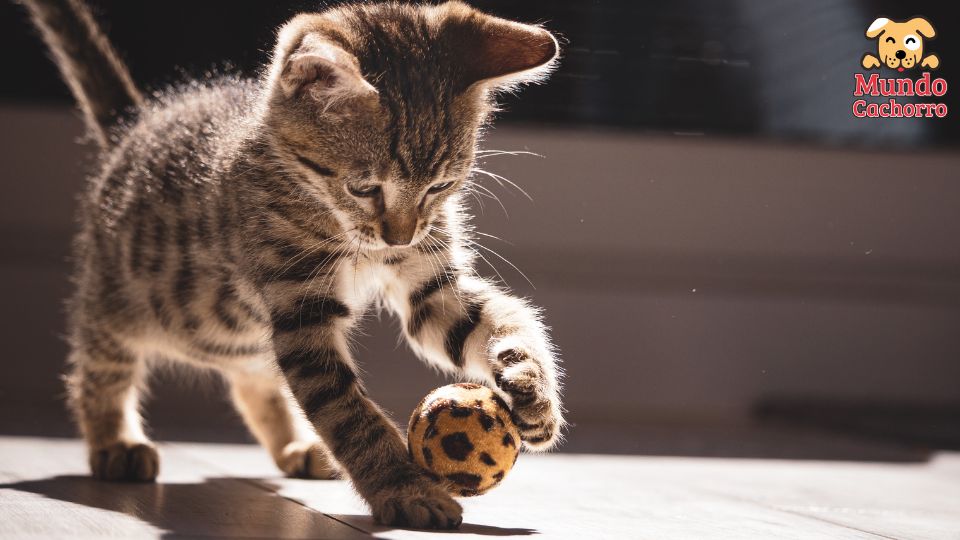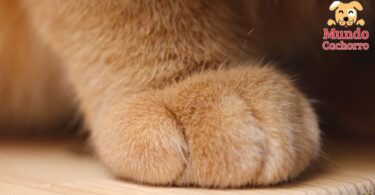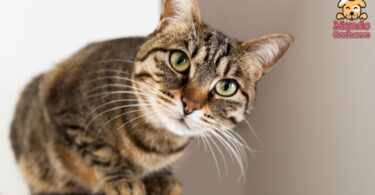Cats, with their mixture of mystery and charm, have been human companions for centuries. However, their behavior is often enigmatic to many pet owners. Some feline gestures and attitudes may seem strange or difficult to interpret, but behind every movement there is a logical explanation based on their instinct, biology and evolution. In this article, three common cat behaviors are explored, explained from an expert perspective, to help you better understand these fascinating animals.
Indice
1. Purring: more than just a sign of happiness.
Wellness purr Purring is one of the most characteristic and charming behaviors of cats. Most of the time, this soft, rhythmic sound is associated with pleasure and satisfaction. A cat that purrs while being petted or settling in its favorite spot is probably showing its contentment and well-being. Purring as a communication tool However, purring does not only indicate happiness. Cats may also purr in situations of stress, fear or pain. For example, some cats purr at the veterinarian’s office or during labor, suggesting that purring may have a calming function for themselves. This sound could be a form of self-soothing, helping cats stay calm during difficult times. The healing power of purring Recent studies have suggested that purring may have physical benefits for both cats and their owners. The vibrations produced during purring occur at a frequency that can promote bone and tissue healing, reduce pain and decrease inflammation. Although this theory is still under investigation, it adds another layer of complexity to this feline behavior.
2. Kneading with the paws: an ancestral behavior.
The kneading instinct One of the most curious behaviors of cats is the act of kneading with their front paws, often on soft surfaces such as blankets, cushions or even on their owners. This behavior, which resembles a kind of rhythmic massage, originates in the first days of a cat’s life. Kittens knead their mother’s belly while nursing to stimulate the flow of milk. Kneading as a sign of affection As cats grow older, they continue to knead as a way of expressing affection and comfort. When a cat kneads on a person, it is showing its confidence and satisfaction. This act could also be related to territorial marking, as cats have scent glands in their paw pads that leave their scent on the surfaces they knead. Kneading and comfort behavior Some experts suggest that kneading is also a comfort behavior that helps cats relax. Kneading can release endorphins, providing a sense of well-being and calm to the cat. This habit, although sometimes uncomfortable due to clawing, is generally a positive sign that the cat feels safe and content in its environment.
3. The habit of hunting invisible “prey”: hunting instinct in action.
Play and hunting The behavior of hunting invisible prey, such as when a cat chases shadows, points of light or even pounces on imaginary objects, is deeply rooted in its hunting nature. Although domestic cats do not need to hunt for food, this instinct is still an essential part of their behavior. Through play, cats simulate hunting, which allows them to exercise both their body and mind. Hunting as mental stimulation This type of game not only satisfies the hunting instinct, but also provides mental stimulation. Cats are intelligent animals that need challenges to stay active and avoid boredom. When a cat chases imaginary prey, it is using its visual acuity, coordination and ability to concentrate, which is crucial to its mental well-being. Importance of play for health Experts recommend encouraging this hunting behavior through interactive play. Using toys that mimic the movement of prey, such as feathers or toy mice, can be very beneficial. This type of activity not only helps keep the cat in shape, but also strengthens the bond between cat and owner, providing a positive outlet for their energy and need to hunt.
Final considerations
Understanding the behavior of cats is fundamental to establish a harmonious relationship with them. Purring, kneading and hunting are just some of the behaviors that, when properly understood, reveal the complexity and depth of these fascinating animals. By knowing the reasons behind these acts, you can provide a more enriching and fulfilling environment for cats, which in turn leads to a happier and healthier life for them. Adopting an attitude of observation and respect towards feline behaviors allows not only to improve daily coexistence, but also to take better care of the emotional and physical needs of cats. These behaviors, far from being mere curiosities, are expressions of their nature and reflections of their deepest instincts. Through this understanding, it is possible to provide them with a home where they feel fully secure and loved.








